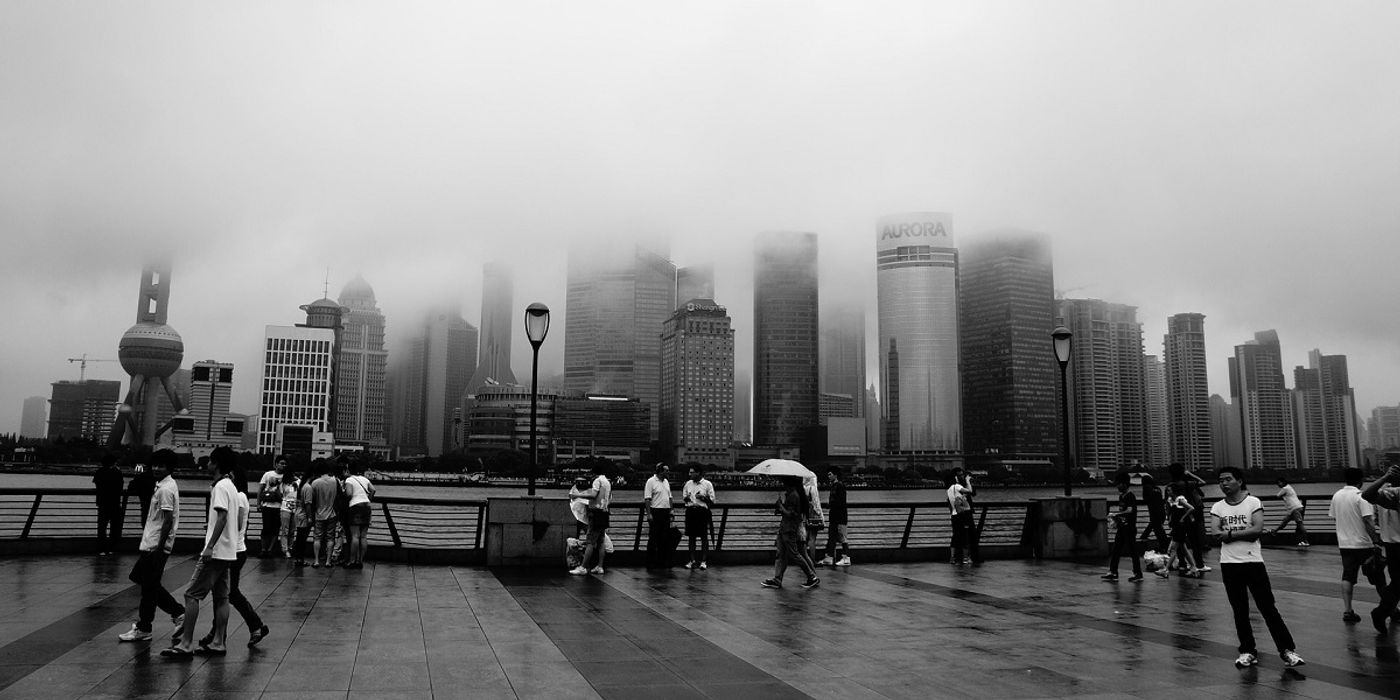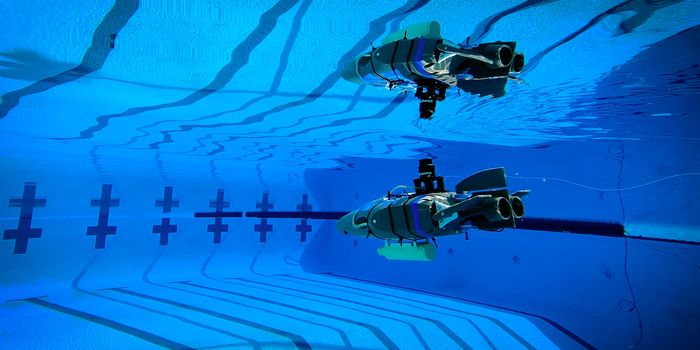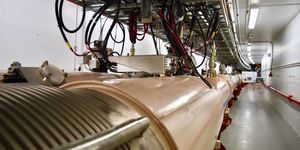Air Quality Changes Throughout Lockdowns Prove Optimistic
COVID-19 lockdowns have reduced human activities and, subsequently, a reduction in air-polluting emissions. Air quality improvements during the COVID-19 lock-downs have been heavily reported all over the globe. This was primarily due to shutdowns of industrial air polluters as well as declines in overall traffic volume. The primary regulated and measured pollutants include NO2, NO3, SO2, PM2.5, PM10, O3, and CO. However, O3 concentrations in China’s cities increased. This is the same pattern that has been observed in many other locations, including the US.
A recent study looked more closely into the fluctuations in air quality with different lockdowns across urban cities throughout China. The cities investigated were Shanghai (completely shut down for two months), Wuhan (3 months), Tianjin (3 months), and Guangzhou (1 month). The specific concept they investigated is called “interruption-recovery,” defined as the process by which a system reverts or bounces back to an average level after a disruptive event.
The trends for pollutant concentrations across all four cities were similar. The NO2 concentrations showed the most variation as the lockdown policies changed since it mainly comes from traffic emissions, and traffic levels changed substantially throughout lockdowns. The NO2 and PM10 showed significant reductions during -and then gradual increases after- lockdowns. PM2.5 had a gradual decrease and didn’t increase significantly, as most of that comes from industrial activity, which has primarily remained closed. This study, like others, also found increases in O3 and suggested this might have to do with the chemical reactions that create O3 in the atmosphere.
These results clearly show that the shutdowns were truly responsible for the changes in air quality. When things reopened, air quality again deteriorated until the third lockdown, where air quality improved again. These studies are important to demonstrate the possibilities for air quality improvements and can inform policymakers going forward. Though we wouldn’t want to have to shut down for air quality improvements in the future, we can aim for improvements through things like better industry filters and the adoption of clean energy
Sources: Research Square, Atmospheric Environment, Building and Environment, Science of the Total Environment









